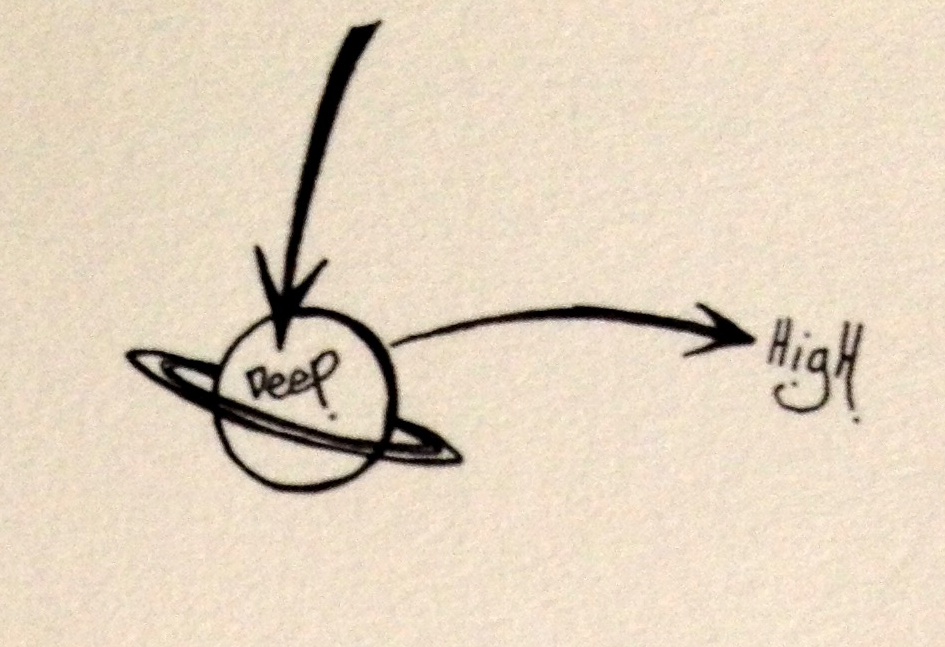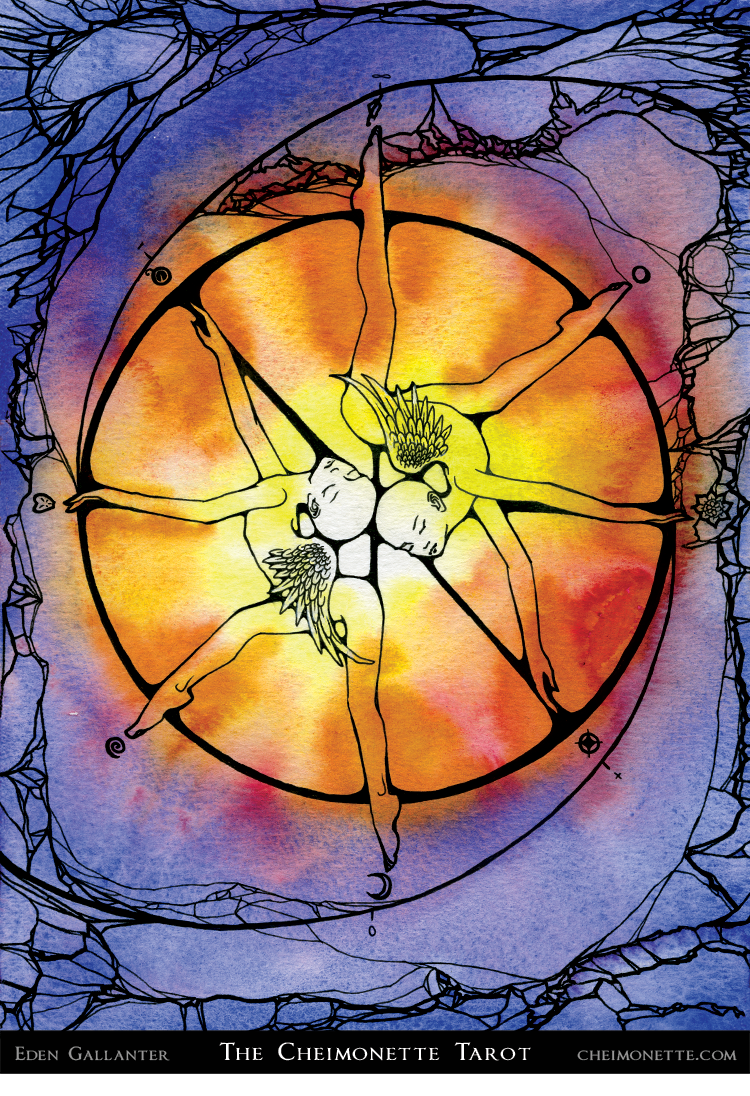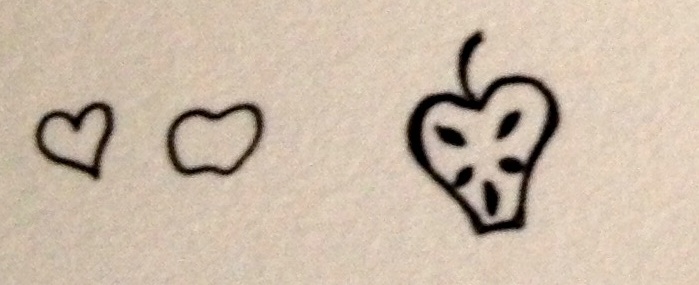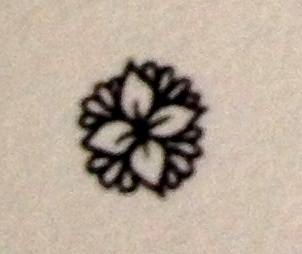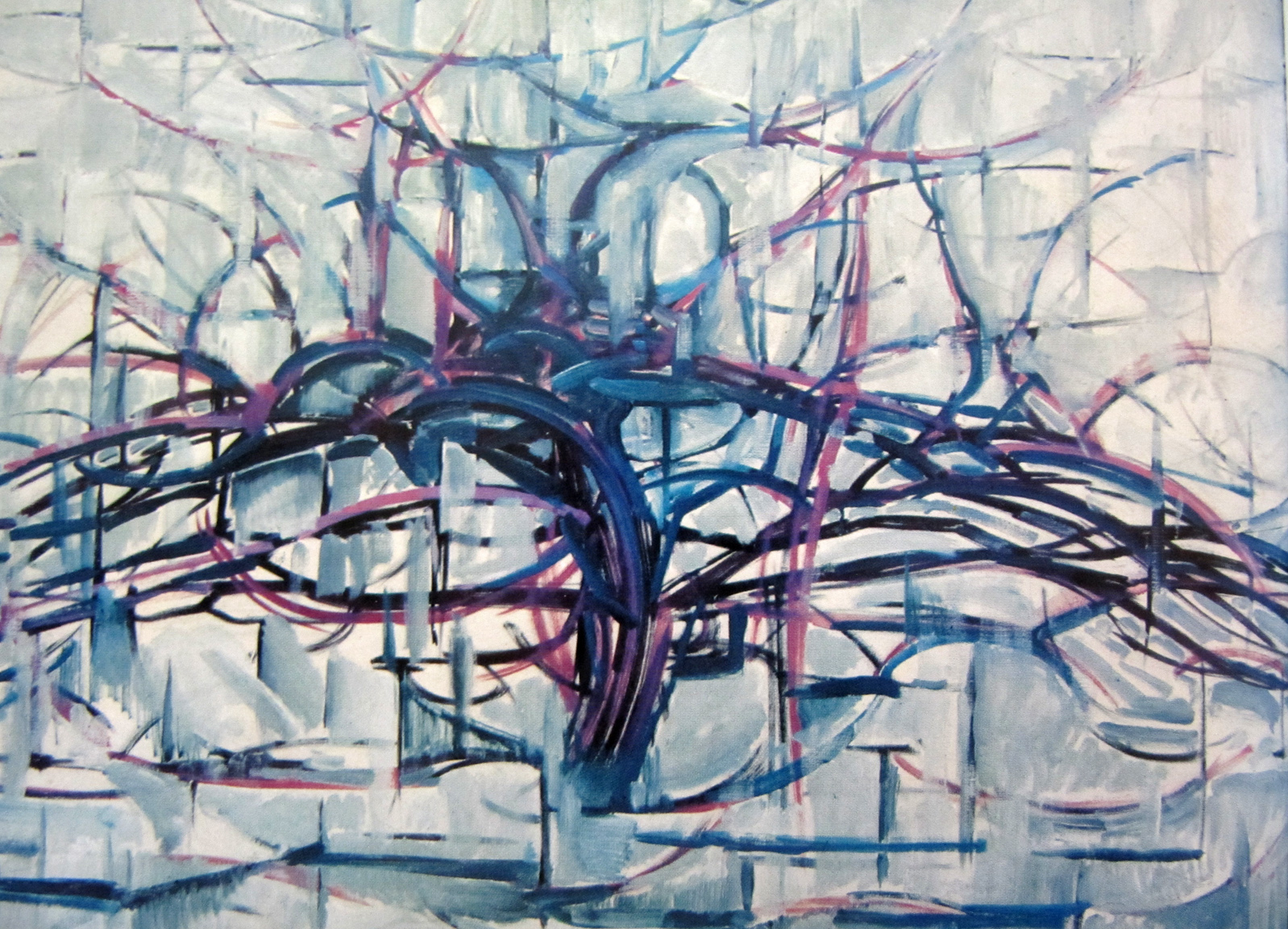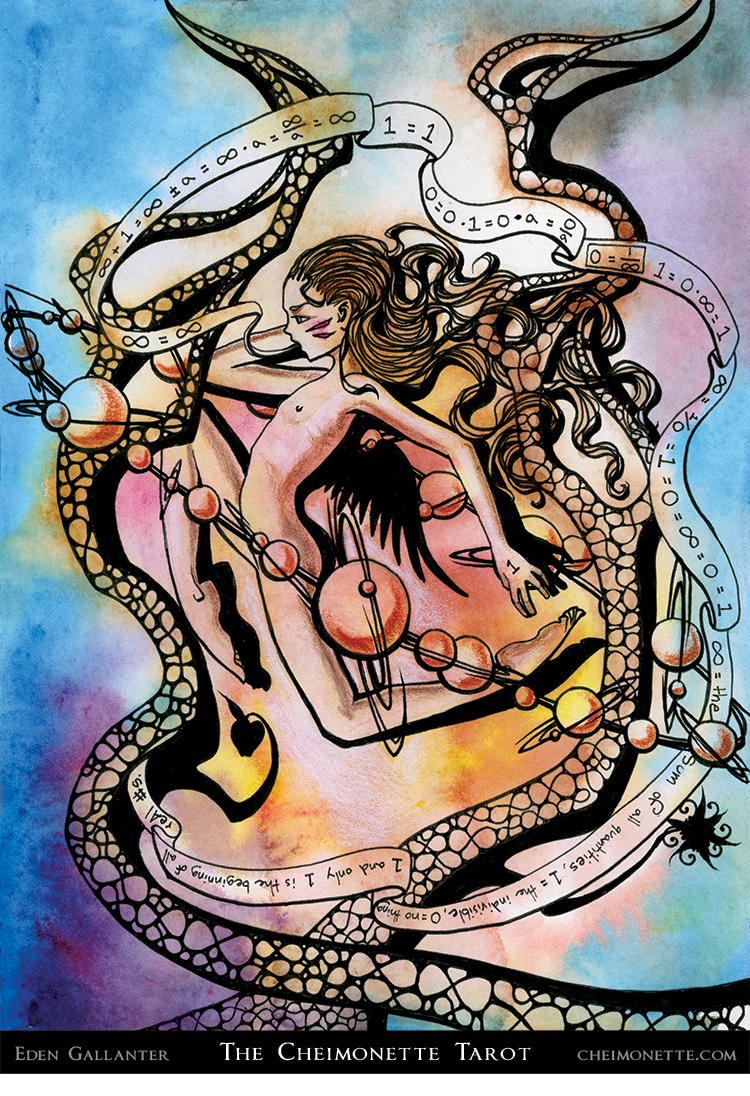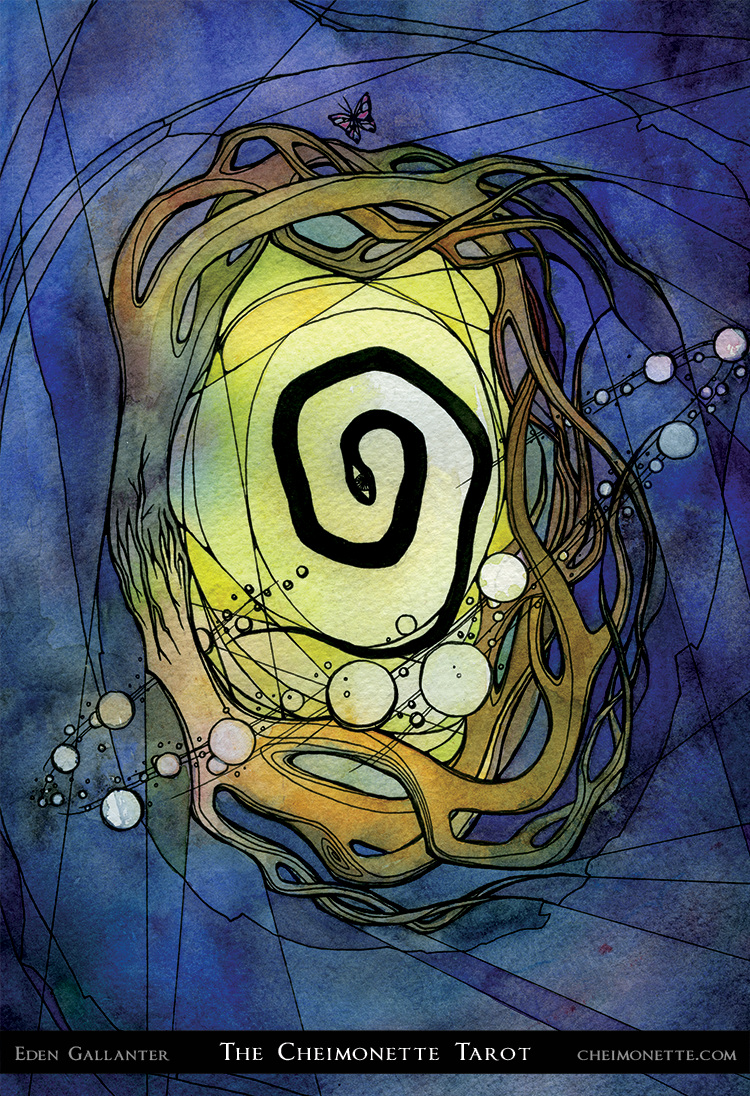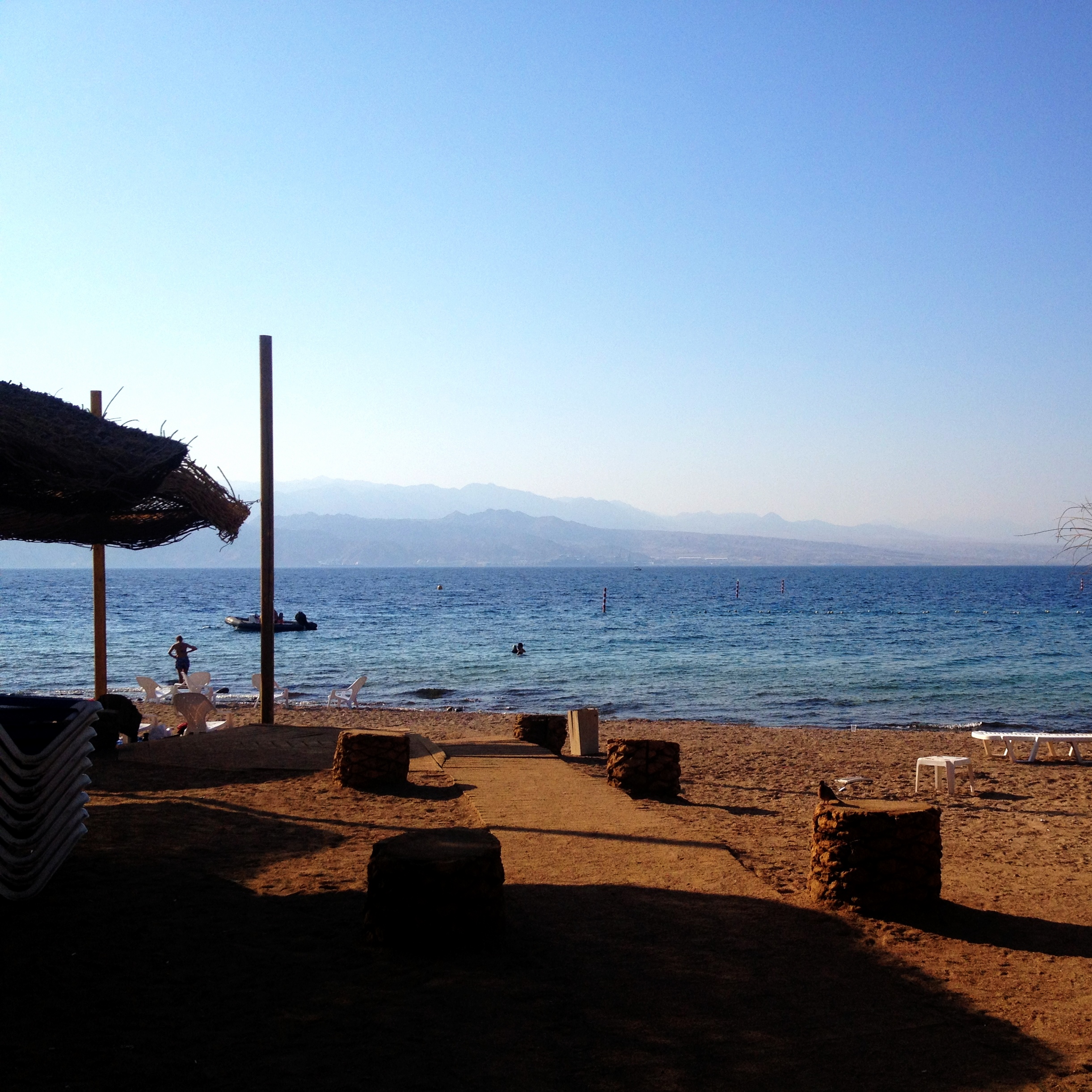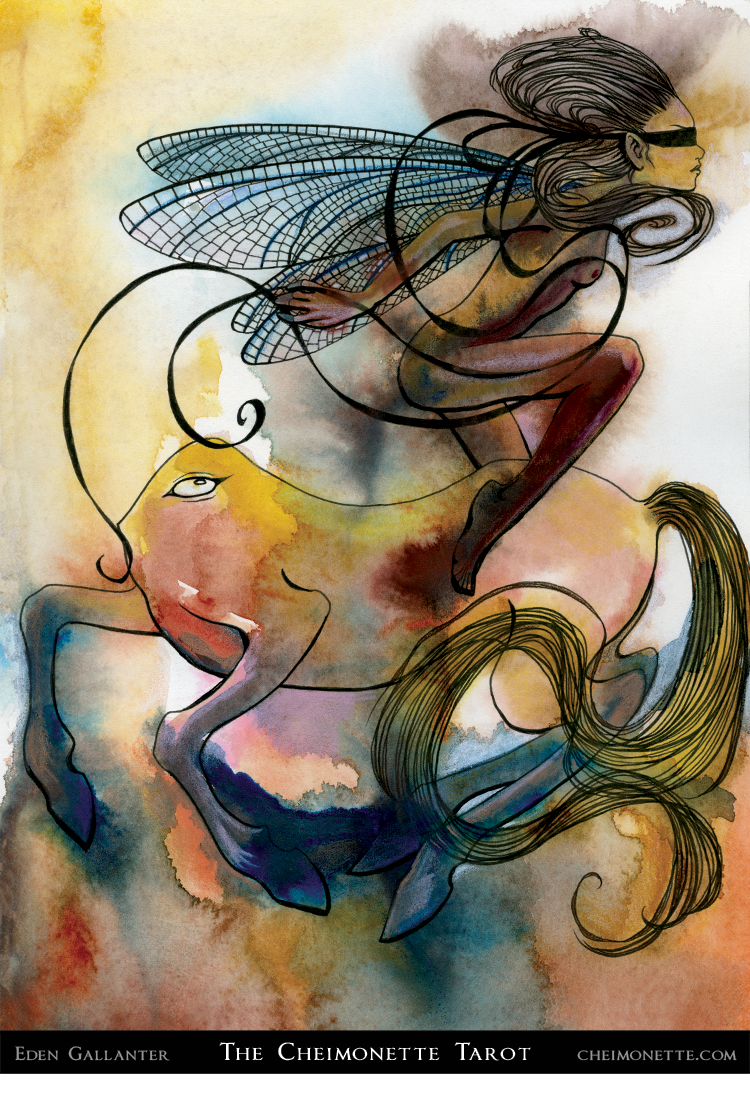The Little Room in the Tower
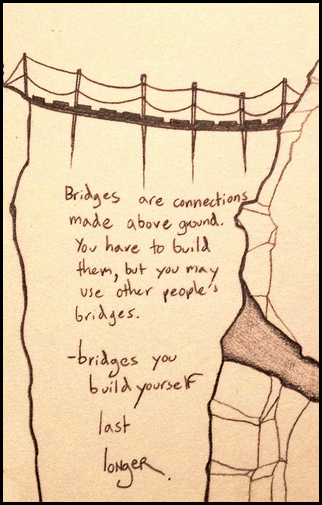 It’s been a while since I posted, and longer since I posted anything personal. The last few months have been some of the most difficult of my adult life. It would not be right to go into too much detail here, but suffice it to say that it consisted of a wintertime compression chamber of family disasters, heartbreak, the death of a friend, trauma, career upheaval, leaving my beloved warehome and living for several months on the kindness of my friends. I don't mean to sound overly dramatic here; I know that there is a huge and terrible world of worse things that could have happened, and I have been, and continue to be, very fortunate. However, I cannot honestly say that it wasn't all that bad. It was. I could have gotten through these past months without the support and generosity of my friends, but I am so unbelievably glad I didn’t have to. You all know who you are: thank you times one hundred thousand, with my whole heart.
I always thought that an apocalypse would be explosive and full of energy, like the Big Bang or like the beginning of life. Beginnings hurt too—you are so very vulnerable, and in a sense, each beginning is entirely new. In a fundamental way, past experience doesn’t roll over. You have to build it all right from the ground, all over again.
It’s been a while since I posted, and longer since I posted anything personal. The last few months have been some of the most difficult of my adult life. It would not be right to go into too much detail here, but suffice it to say that it consisted of a wintertime compression chamber of family disasters, heartbreak, the death of a friend, trauma, career upheaval, leaving my beloved warehome and living for several months on the kindness of my friends. I don't mean to sound overly dramatic here; I know that there is a huge and terrible world of worse things that could have happened, and I have been, and continue to be, very fortunate. However, I cannot honestly say that it wasn't all that bad. It was. I could have gotten through these past months without the support and generosity of my friends, but I am so unbelievably glad I didn’t have to. You all know who you are: thank you times one hundred thousand, with my whole heart.
I always thought that an apocalypse would be explosive and full of energy, like the Big Bang or like the beginning of life. Beginnings hurt too—you are so very vulnerable, and in a sense, each beginning is entirely new. In a fundamental way, past experience doesn’t roll over. You have to build it all right from the ground, all over again.
 The end of the world, as it turns out, can be very quiet and still. The explosions towards the end are harbingers of the world's demise, but ultimately, everything just freezes out. The end of the world is an artic tundra wasteland. Trauma can be like that: quiet and still and exhausted. There is really nothing left, nothing to orient yourself or build on. Nothing. You have to figure out where and who you even are before you can do anything else.
The end of the world, as it turns out, can be very quiet and still. The explosions towards the end are harbingers of the world's demise, but ultimately, everything just freezes out. The end of the world is an artic tundra wasteland. Trauma can be like that: quiet and still and exhausted. There is really nothing left, nothing to orient yourself or build on. Nothing. You have to figure out where and who you even are before you can do anything else.
Of course, my own apocalypse was something I had taken part in, especially the career, heartbreak, and living situation stuff. It wasn't a natural disaster, a thing that happens outside of human control (people running screaming from their homes as clouds of burning smoke pour from the city). Much of the former life I had before so much collapsed was something I had helped to set in motion and worked hard to build. As the months progressed, though, it felt like a floodplain riverbed in a monsoon, as though natural forces had indeed taken over after all. I could see where the river was headed, and all I could do was try to keep ahead of it so I didn’t drown.
The nice thing about a disaster is that it leaves many of the strongest parts behind: the foundations, the well-made buildings, the best salvage, the most resilient materials, the toughest trees, those who were clever or prepared or just plain lucky. The things left behind always mean something. You can read the ruins like a book, and you can build a whole new world out of them.
So that’s what I’m trying to do. Art has always been at the foundation of my identity, so I am trying to forge a new career, one that synthesizes my interests in math, ecology, cities, literature, mythology, and philosophy. I’m not couchsurfing with friends any more, I’ve got a sublet in a wonderful warehouse in Emeryville full of excellent people: artists, hackers, leaders, organizers, craftspeople, all talented, inspiring folks who have made me feel welcome and at home. It’s a good place to be while I work on figuring out where to live long-term.
I really want a home, as it turns out. I want a place where I can work and live with a handful of friends who are interested in sharing living space, making art, and doing other kinds of creative work in which they find real value. I want to build friendships and partnerships that are about trust and inspiration and adventure and collaborative work and shared ideals and mutual support. I want to bring comfort and happiness to my family without compromising who I am, or the ambitions I have for my life.
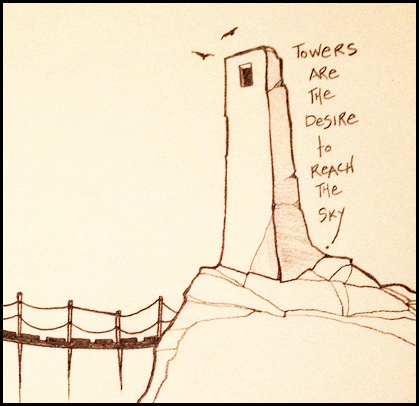 Towers are symbols of human ambition and achievement. They are frequently torn down by natural disasters and human frailty, but we keep on building them. The risk of danger at the top of a tower is not the same as the danger at the bottom of a wishing well (sitting alone in the dark, in the dust, quiet and safe and dying of thirst). Towers, being as they are the human effort to reach beyond the capabilities of our minds and our mortality and the shortness of our lives, carry the risk of immortality. If you turn into a bird in that room at the top, you can’t turn back. You can never really go back (always the blessing and the tragedy of mortal existence, rolled into one).
Towers are symbols of human ambition and achievement. They are frequently torn down by natural disasters and human frailty, but we keep on building them. The risk of danger at the top of a tower is not the same as the danger at the bottom of a wishing well (sitting alone in the dark, in the dust, quiet and safe and dying of thirst). Towers, being as they are the human effort to reach beyond the capabilities of our minds and our mortality and the shortness of our lives, carry the risk of immortality. If you turn into a bird in that room at the top, you can’t turn back. You can never really go back (always the blessing and the tragedy of mortal existence, rolled into one).
So here’s to home, and to the human condition: mostly a matter of negotiating what to build on the forgiving surface of the earth and what to build inside myself. I’m still doing the best I can.




